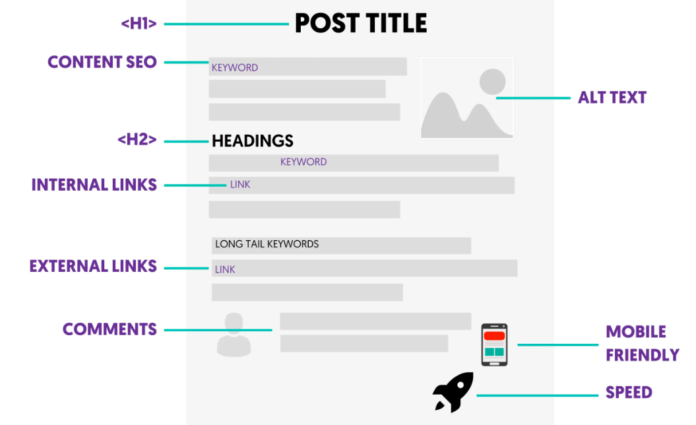If you want your website to rank on Google in 2025, you can’t afford to ignore on page SEO. It’s the backbone of every successful SEO strategy, helping search engines understand your content and users find exactly what they’re looking for. But with Google constantly updating its algorithm and placing more weight on content quality, user experience, and technical structure, optimizing your pages the right way has never been more important.
In this guide, you’ll learn exactly what on page SEO is, discover the top 10 ranking factors, and get a detailed on page SEO checklist to use before publishing any new content. Whether you’re a beginner or an experienced content marketer, this article will help you fine-tune your pages for better visibility, faster indexing, and higher search rankings. Once your rankings are up, you can track them with a Google analytics setup for your website. This will allow you to analyse which content your readers like more.
What Is On‑Page SEO?
On‑page SEO (also spelled “on‑page SEO” or “on page SEO”) refers to the process of optimizing individual web pages to improve their search engine rankings and attract relevant traffic. It focuses on both the content and HTML source code of each page.
While off‑page SEO (like backlinks and social signals) happens outside your site, on‑page SEO ensures that each page is structured, written, and optimized in a way search engines understand and reward. It covers:
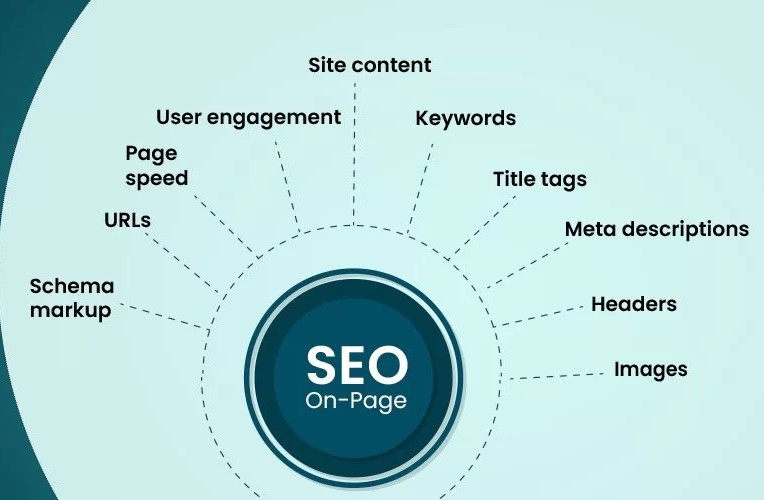
- Technical elements: meta tags, headings, URLs, and structured data
- Content quality: depth, relevance, keyword usage, readability
- User experience: page speed, mobile-friendliness, interactivity
Effective on‑page optimization helps search engine crawlers index, interpret, and rank pages accurately, while also enhancing the user experience.
Top 10 On‑Page SEO Factors That Matter in 2025
High‑Quality Content & Search Intent Alignment
At the core of on‑page SEO is content quality—pages must be helpful, in-depth, and aligned with user intent. Google heavily favors pages that directly satisfy what searchers are looking for. That means using headings, bullet lists, visuals, and real-world examples to make your content valuable.
- Map each page to a clear intent: informational, navigational, transactional, or conversational (AI/voice queries).
- Use natural language and conversational tone to appeal to AI-powered search (SGE, AIO).
- Incorporate related entities and long-tail variations around your core keyword (e.g., “on page SEO checklist for blogs,” “on page SEO checklist tips”).
Title Tags and Meta Descriptions
Your title tag serves as both a ranking signal and your ad in Google SERPs:
- Include your main keyword near the start, keep it under ~60 characters, and make it click-worthy.
- Meta descriptions don’t directly boost rankings but influence click-through rate—aim for ~150–160 characters, use natural keyword insertion, offer a benefit or call to action.
These combine to affect CTR, dwell time, and ultimately ranking performance.
Heading Structure (H1–H6)
Headings organize content, improve readability, and help search bots understand structure:
- Use one
<h1>per page; subheadings (<h2>,<h3>) break up sections. - Include keywords and related phrases naturally in headings.
A clear hierarchy also supports accessibility and skimmability.
Keyword Placement & Semantic Usage
Keywords should appear naturally—not stuffed—in:
- Title, URL, first 100 words, headings, image alt tags, and inside body content.
- Use LSI (latent semantic indexing) and entity-based terms: If your page targets “on page SEO checklist,” also weave in related queries like “on‑page SEO factors” and “SEO optimization checklist”.
Keep keyword density reasonable—around 1–2%—while ensuring variations appear naturally.
URL Structure
A clean, descriptive URL helps both users and crawlers:
- Use lowercase letters, hyphens, and keep it concise (e.g.,
/on‑page‑seo‑checklist). - Avoid messy parameters or random strings.
Internal Linking & Site Architecture
Good site structure enables Google to crawl and contextualize content:
- Link using descriptive anchor text to related pages (pillar clusters, supporting guides).
- Ensure no page is more than a few clicks from the homepage.
This boosts topical authority, reduces orphaned pages, and distributes ranking power.
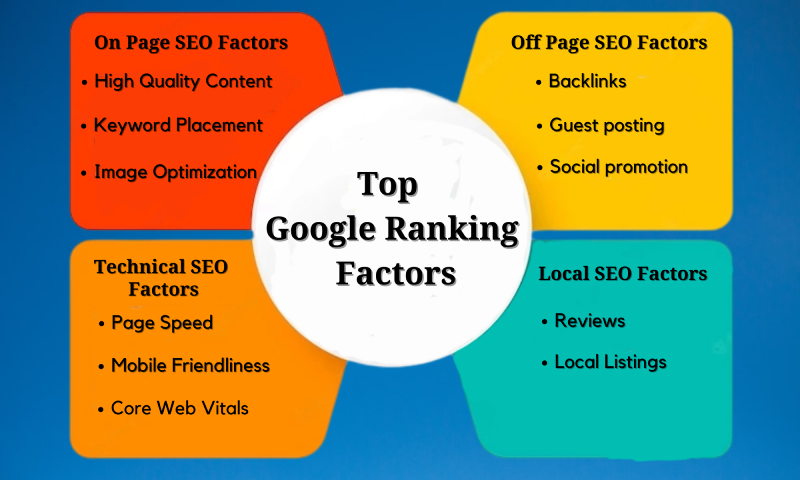
Image Optimization
Images enhance engagement—but require proper SEO:
- Use descriptive filenames (e.g.,
on-page-seo-checklist.png), alt text, and captions with keywords. - Compress images and lazy-load them to improve Core Web Vitals (LCP especially!).
Properly optimized visuals can also rank separately in Image Search.
Core Web Vitals & Page Experience
Google’s 2025 “Page Experience” algorithm emphasizes loading speed, interactivity, and visual stability:
- Largest Contentful Paint (LCP): aim for <2.5s
- First Input Delay (FID)/INP: <100–300ms
- Cumulative Layout Shift (CLS): minimal jumps during load.
Optimize this by:
- Compressing images
- Minimizing JavaScript
- Utilizing CDN and browser caching
- Ensuring responsive layouts & fast hosting.
Schema Markup & Structured Data
Using schema (JSON‑LD) helps search engines understand page context and unlock enhanced SERP features:
- Apply relevant markup—Article, FAQPage, HowTo, BreadcrumbList, Product, LocalBusiness, etc.
- Validate with Google Structured Data Testing Tool.
Structured data can significantly boost click-through with rich snippets.
E‑E‑A‑T & Trust Signals
Google’s E‑E‑A‑T framework (Experience, Expertise, Authoritativeness, Trustworthiness) is increasingly vital:
- Author bios, credentials, citations, brand reviews, security (HTTPS), privacy policy.
- In YMYL niches (health, finance), proving trustworthiness is essential to prevent ranking penalties.
How to Write Perfect SEO Content for Your Website
Optimizing each element above begins with high-quality, user-focused content. Below is a step‑by‑step guide to crafting SEO‑perfect content:
Keyword & Intent Research
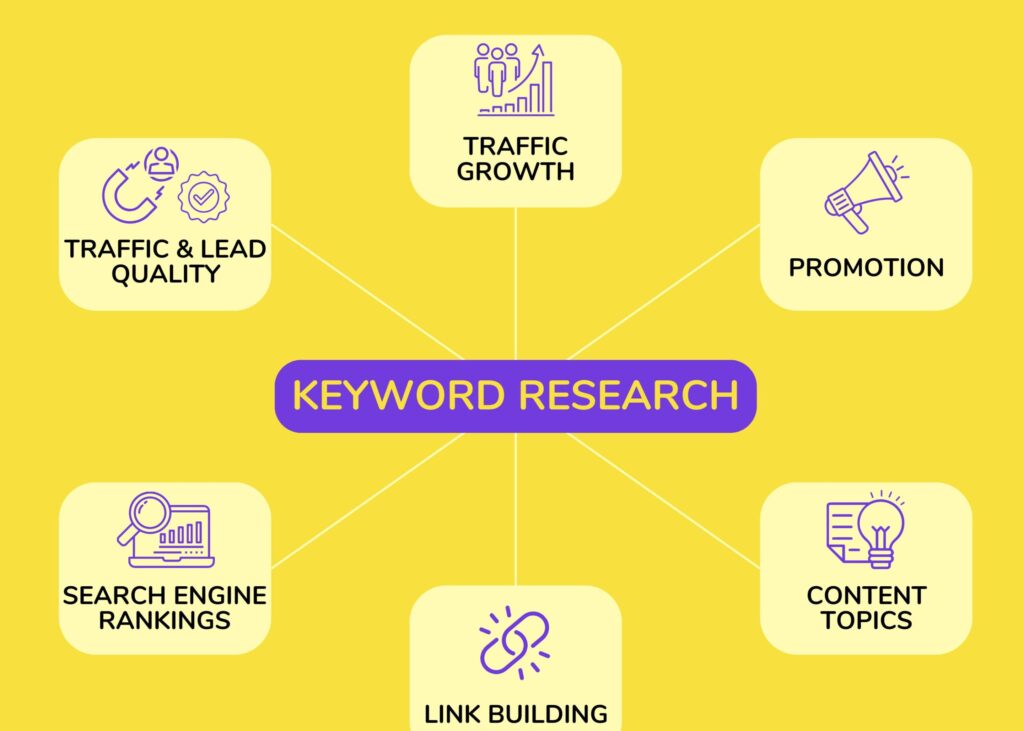
- Identify your primary keyword (“on page SEO checklist”) and secondary terms using tools like Google Keyword Planner, Ahrefs, SEMrush.
- Analyze SERPs: Are top-ranking pages lists, guides, tool roundups, or conversational “AI” formats?
- Determine user intent (informational vs transactional). Match your content format to this.
Outline with Structure
- Draft a structured outline using H1/H2 headings aligned with query intent (e.g., definitions, top factors, checklist).
- Subsections guide users and bots through logical flow.
Craft Engaging Title & Description
- Title: “Ultimate On‑Page SEO Checklist: 10 Factors to Rank in 2025”
- Meta description: “Discover the comprehensive on page SEO checklist with top 10 ranking factors and proven tips—download before publishing!”
Write Rich, Valuable Content
- Begin with compelling first paragraph introducing the topic and usage of your primary keyword.
- Use short paragraphs, bullet lists, tables, visuals, and bolded/mildly highlighted text to improve readability.
- Include examples, case studies, and stats to add authority.
- Use internal links to relevant content on your site.
- Mention related keywords & entities for semantic depth (“Core Web Vitals,” “schema markup,” “E‑E‑A‑T”).
On‑Page Optimization Within Content
- Sprinkle keywords naturally (title, headings, first 100 words, alt text).
- Add optimized images with descriptive file names and alt attributes.
- Include FAQ or HowTo schema where helpful.
Improve Readability and Engagement
- Use simple, conversational tone—ideal for AI and voice search.
- Keep sentences short (no run-ons), paragraphs concise.
- Interject visuals, sidebars, pull quotes, or examples to boost engagement.
Technical Audit & Testing
- Check Core Web Vitals via PageSpeed Insights or Lighthouse.
- Ensure mobile responsiveness across devices.
- Validate schema markup.
- Test indexing with Search Console, audit around duplicate content, broken links.
Publish & Refresh
- Launch the page.
- Monitor performance (rankings, traffic, engagement).
- Update every 6–12 months or when trends shift—keeping your content fresh helps maintain ranking.
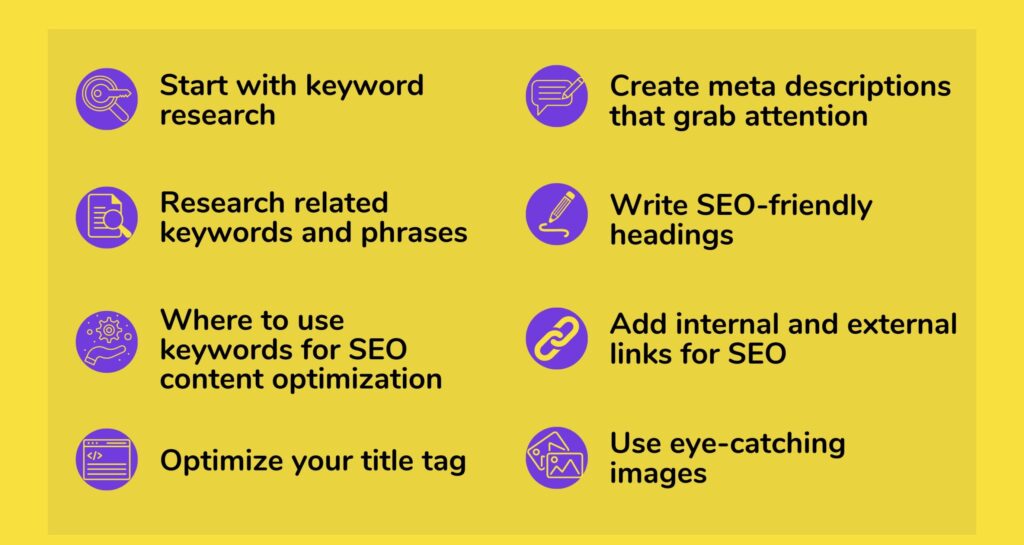
Google‑Crucial On‑Page SEO Factors for Indexing
Below is a refined list of key on‑page factors that directly influence whether and how Google indexes and ranks pages:
Crawlability: XML sitemap, robots.txt, noindex tags
Mobile-friendliness: responsive design & mobile-first indexing
HTTPS security
Page speed and Core Web Vitals (LCP, FID/INP, CLS)
Indexed Title Tags and Meta Descriptions
Heading tags (logical H1/H2 structure)
Keyword usage (in title, URL, headings, image alt, first 100 words)
Keyword variations/LSI/entity terms
High-quality, in-depth content
Internal linking structure
Image optimization
Schema markup / structured data
E‑E‑A‑T signals (author info, citations, trust/fraud signals)
URL cleanliness
Engagement metrics (CTR, dwell time, low bounce)
Content updates/freshness
On‑Page SEO Checklist Before Publishing
Use the following on page SEO checklist as a final audit before hitting publish:
| Item | Optimization Task |
|---|---|
| 🔲 | Target keyword in title tag (≤ 60 characters, first 60 chars) |
| 🔲 | Meta description with keyword, CTA, 150–160 chars |
| 🔲 | Only one H1; H2–H3 subheadings with keywords/entities |
| 🔲 | URL uses keyword, lowercase, hyphens; no params |
| 🔲 | Keyword in first 100 words; natural density (1–2%) |
| 🔲 | Long-tail keyword and related terms included |
| 🔲 | High-quality content: solves problems, depth ≥1 500 words (if applicable) |
| 🔲 | Short paragraphs, bullets, bold, visuals throughout |
| 🔲 | Images optimized: filenames, alt text, compression, lazy-load |
| 🔲 | Schema markup appropriate to content; validated |
| 🔲 | Core Web Vitals checked (LCP <2.5s, FID <300ms, CLS low) |
| 🔲 | Page redirects to HTTPS and mobile responsive |
| 🔲 | Internal links to relevant pages with anchor keywords |
| 🔲 | External links to authoritative sources open in new tabs |
| 🔲 | Author E‑E‑A‑T info included; secure privacy/contact info |
| 🔲 | Sitemap and robots.txt include the page; structured for crawl |
| 🔲 | Page tested on Google Search Console (no errors) |
| 🔲 | Content audit reminder scheduled (6–12 months) |
Passing through this on page SEO checklist ensures your content is well-positioned to be crawled, indexed, ranked, and served effectively by Google.
Why On Page SEO for content is the best technique for ranking?
In today’s competitive search landscape, mastering on page SEO is one of the most effective ways to improve your website’s visibility, drive organic traffic, and deliver a better user experience. By focusing on the top factors like content quality, technical optimization, mobile-friendliness, and structured data, you give every page on your site a strong foundation to rank well on Google.
Remember, SEO isn’t a one-time task—it’s an ongoing process. Using a consistent on page SEO checklist before you publish helps you avoid common mistakes, maintain content quality, and stay aligned with the latest algorithm updates. Whether you’re optimizing blog posts, landing pages, or product pages, the goal is the same: create helpful, trustworthy, and easy-to-understand content that search engines can index—and users actually want to engage with.
By implementing the strategies and checklist outlined in this guide, you’ll be well-positioned to boost your site’s performance, stand out in the SERPs, and keep pace with SEO in 2025 and beyond.
